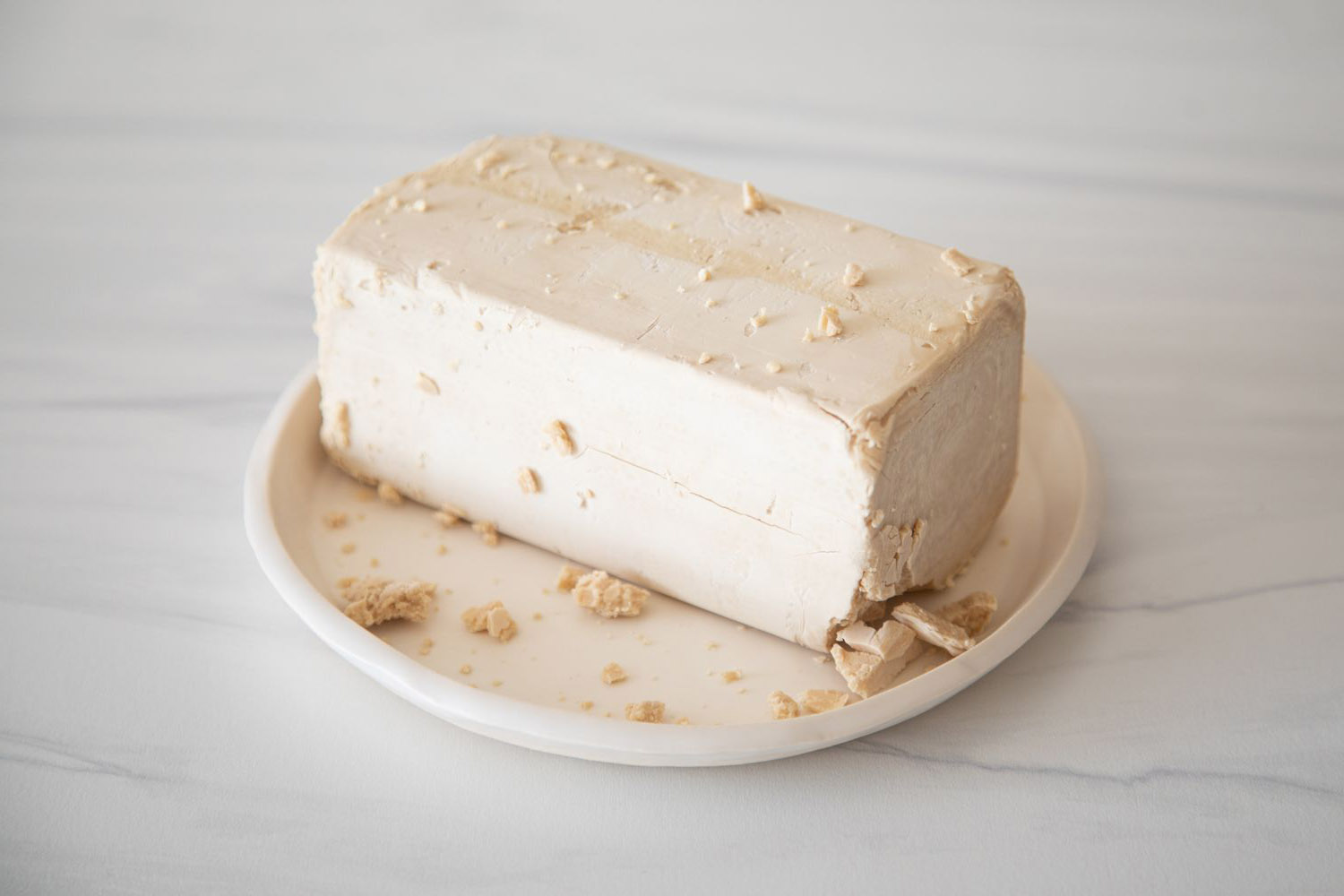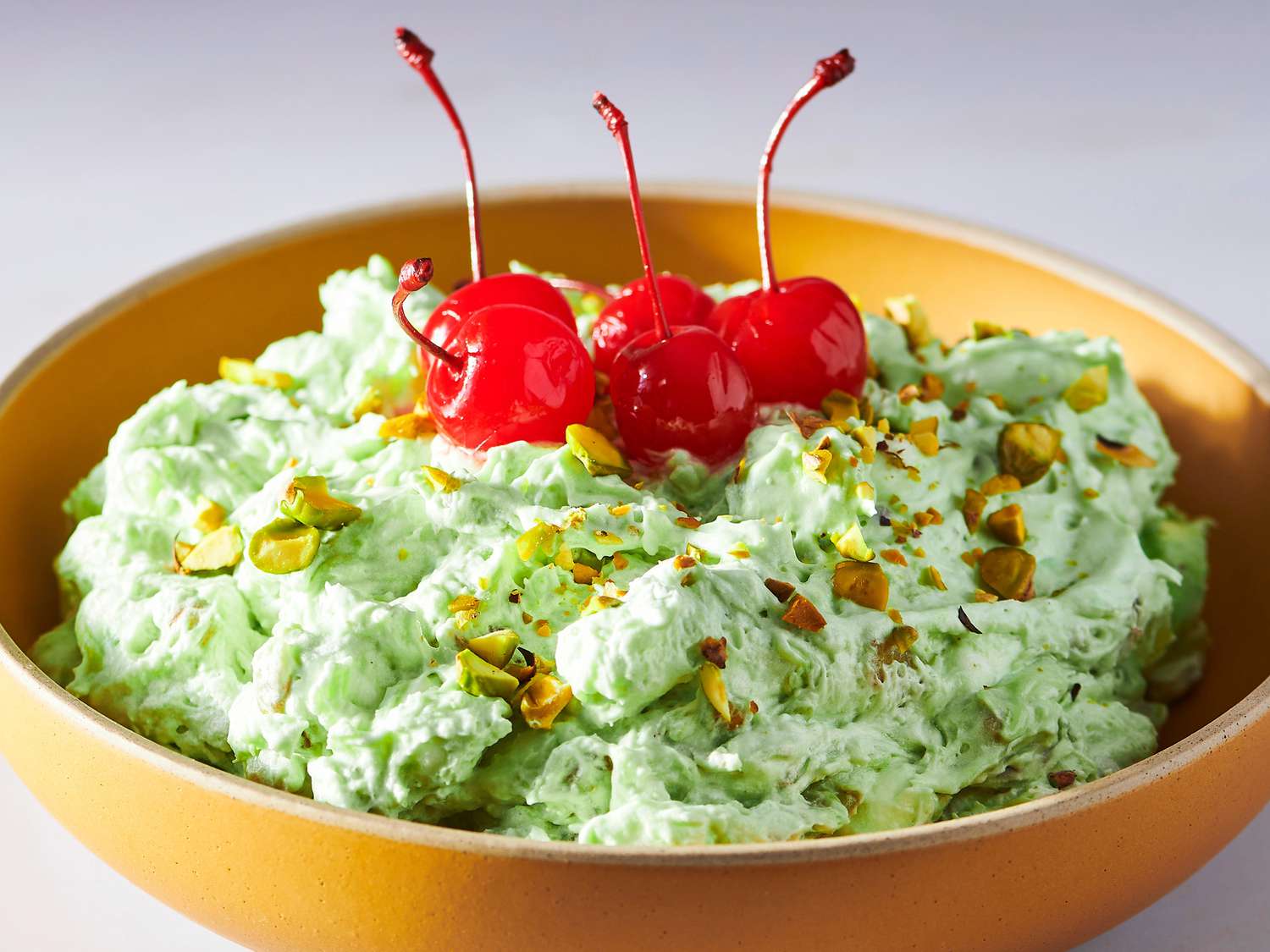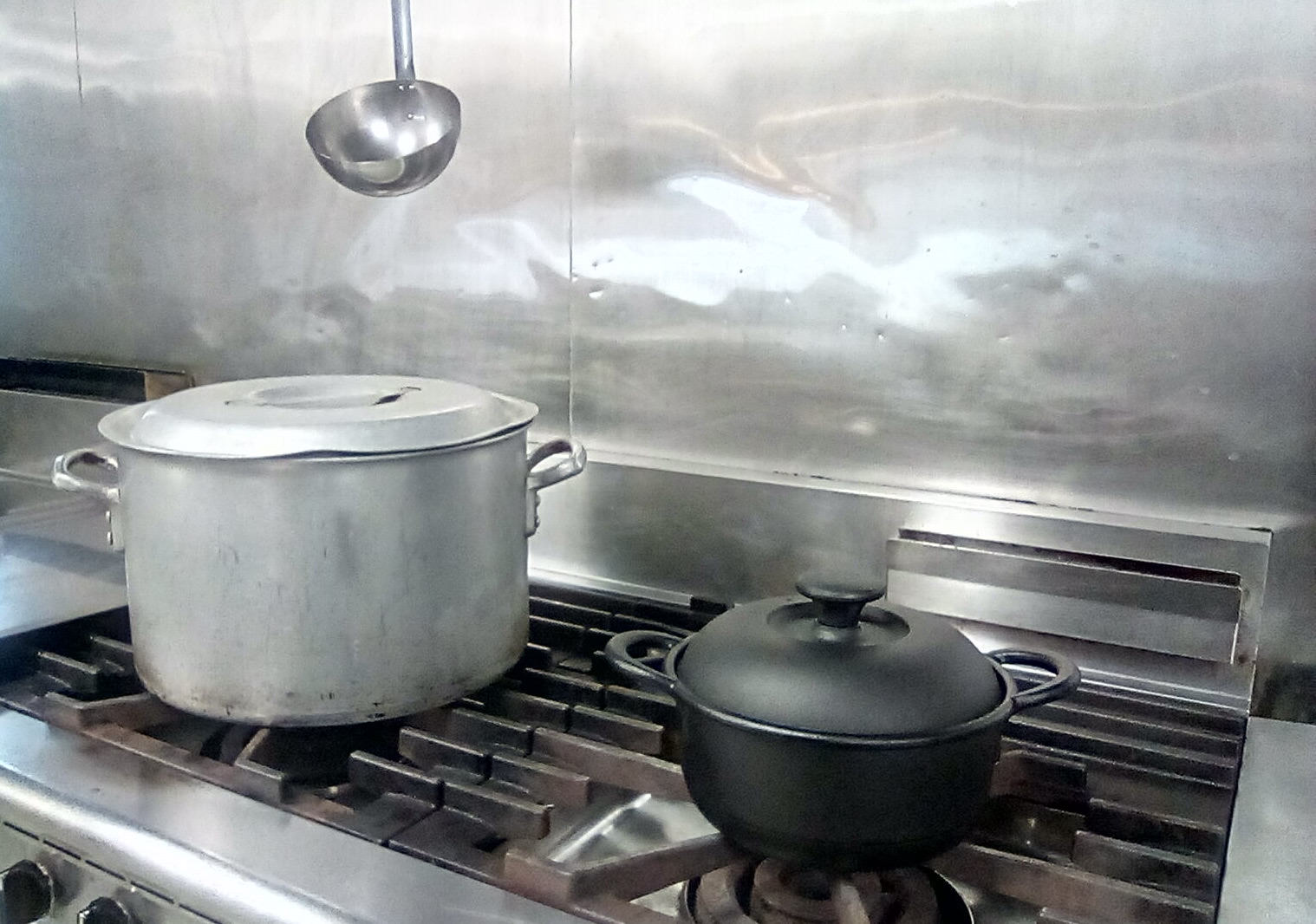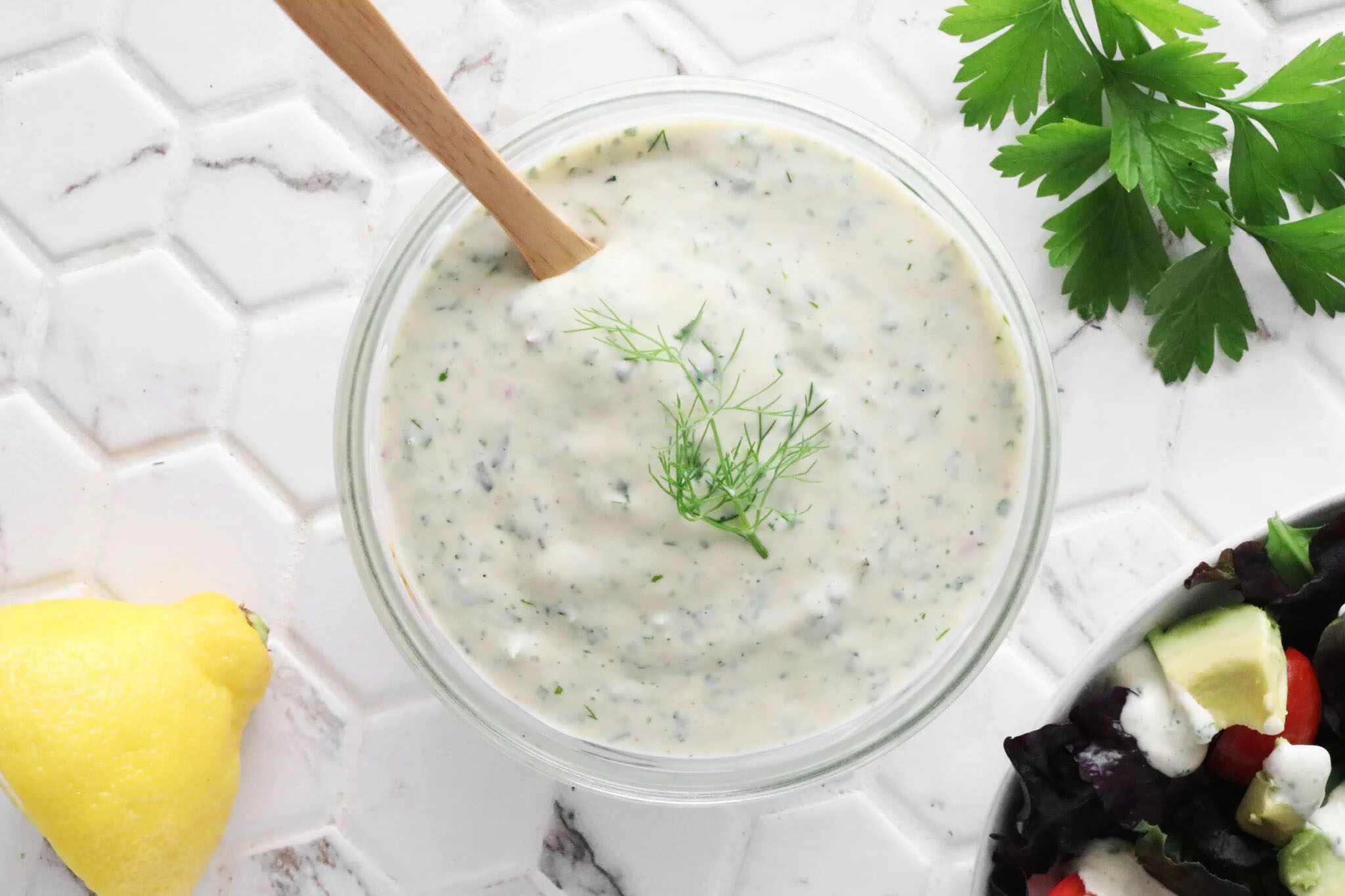Discovering the Wonders of Himalayan Salt
Have you ever heard of Himalayan salt? If not, you’re in for a treat! Himalayan salt is a type of rock salt that is mined from the Punjab region of Pakistan, near the foothills of the Himalayas. It is renowned for its beautiful pink color and is believed to have numerous health benefits. Let’s dive into the fascinating world of Himalayan salt and explore what makes it so special.
What Makes Himalayan Salt Unique?
Himalayan salt is often touted as one of the purest forms of salt available. It is believed to have been formed millions of years ago, and its pristine condition is attributed to the lack of modern-day pollutants in the region where it is mined. The distinctive pink hue of Himalayan salt is due to the presence of trace minerals, such as iron oxide, that are found in the salt deposits.
The Health Benefits of Himalayan Salt
Many people believe that Himalayan salt offers a range of health benefits, although scientific evidence to support these claims is limited. Some of the purported benefits of Himalayan salt include:
- Rich in minerals: Himalayan salt contains trace minerals such as potassium, magnesium, and calcium, which are essential for maintaining good health.
- Lower sodium content: Some claim that Himalayan salt has a lower sodium content than regular table salt, making it a healthier alternative.
- Air purification: Himalayan salt lamps are believed to purify the air by releasing negative ions, which can have a positive impact on overall well-being.
Ways to Use Himalayan Salt
Himalayan salt can be used in various ways, both in the kitchen and beyond. Here are some popular uses for this versatile salt:
- Cooking: Many people use Himalayan salt as a flavorful alternative to regular table salt in their cooking and baking.
- Bathing: Himalayan salt is often used in bath salts and scrubs, as it is believed to help relax muscles and detoxify the body.
- Decor: Himalayan salt lamps and candle holders are popular for their aesthetic appeal and the purported air-purifying properties.
Final Thoughts
While the health benefits of Himalayan salt are still a topic of debate, there’s no denying that it has captured the interest of many health-conscious individuals. Whether you’re drawn to its unique color, potential health benefits, or versatile uses, Himalayan salt is certainly a fascinating subject to explore. So, the next time you reach for a pinch of salt, consider adding a touch of Himalayan salt to your culinary or self-care routine and experience its wonders for yourself.
Was this page helpful?
Read Next: What Is A Kummelweck Roll











